Death: design and curiosity
Writing about my journey to The Death Festival has led me to making new connections and meeting some brilliant people. This morning was no exception. I met a lady called Mary McDonough-Clark who has worked as a speech and language therapist and a writer for the past 8 years. She has been working to improve end of life/palliative care within the NHS and outside of it. Mary writes with patients and families and about them, and then uses these stories to train staff and demystify the dying process. Listening to Mary's story really struck a chord with me - ultimately she has embarked upon this journey with a designers mindset, focused on the goal to embed herself inside nursing homes. She wanted to be a familiar face and someone everyone trusted. She talked about using "emotional touchpoints" and mapping the journey of patients - using photography and creative stimulus.
A big part of Snook's mission is to embed design inside organisations and this means breaking down hierarchies and barriers - this is exactly what Mary did by inviting everyone involved in the caring process to call her in when patients needed her. This resulted in cooks and cleaning ladies sharing their insights with her - people who are told they are not qualified to take part in crucial decisions or have opinions around patients care were the ones with simple, powerful insights that led to solutions. If a patient stops eating the chef is the first one to notice it as he sees the plates coming back full. Cleaning ladies notice nuances in change of routine and behaviour the way staff often don't because they are immersed in delivering and the day-to-day functioning of a care home.
It is clear that discovering what decisions and choices people in care are making is difficult when they can't communicate very well. This is why the journey of care must include families and everyone who cares for that person. The physical architecture of a nursing home also plays a big part in the caring process. Of course, they can often feel like warehouses yet that one sole room that service users are often bound to is their home. We must never forget this.
One of Mary's first ventures when she goes into a home is to encourage the nurses to feed each other. Nurses who feed patients on a daily basis are forced to experience what that feels like first hand. Powerful stuff. In some cases, Mary also encouraged patients to feed the nurses. After thinking about this I start to wonder why is this not normal procedure - we are asking policy makers who make impactful decisions on homelessness to sleep rough. This is the same thing.
It is clear we need a critical mass in this space. There is so much brilliant work happening but it seems to be disjointed and there is little consistency of user-centeredness. With so many different organisations involved it seems we need to re-group to re-connect with the fact they all share the same value system. Do we need to gather stories of why everyone got into this work in the first place because that is where the over lap is? Everyone calls it something different and it comes from different budgets and it's not obvious. This has to change.
I also wanted to share the work of Jessica Charlesworth, the brains behind MeMo. Cloaked in the fictional identity of the MeMo Organization, Jessica presents a cabinet of curious objects and stories that explores a range of poetic practices and attitudes towards death and mourning. The Latin phrase memento mori,meaning “remember you will die”, denotes objects which remind us of our mortality. What alternative Memento Mori rituals might be created in light of current developments in technology, philosophy and science?
MeMo is a research-based initiative that recognizes the way cultural shifts have created new relations toward death and experiences of finality. Such change opens the door to more personal, relevant and contemporary experiences of death. I'm looking forward to talking to Jess about her work and hopefully joining some dots and making a plan.
If you want to get in touch with me to talk more email lauren (at) wearesnook (dot) com

